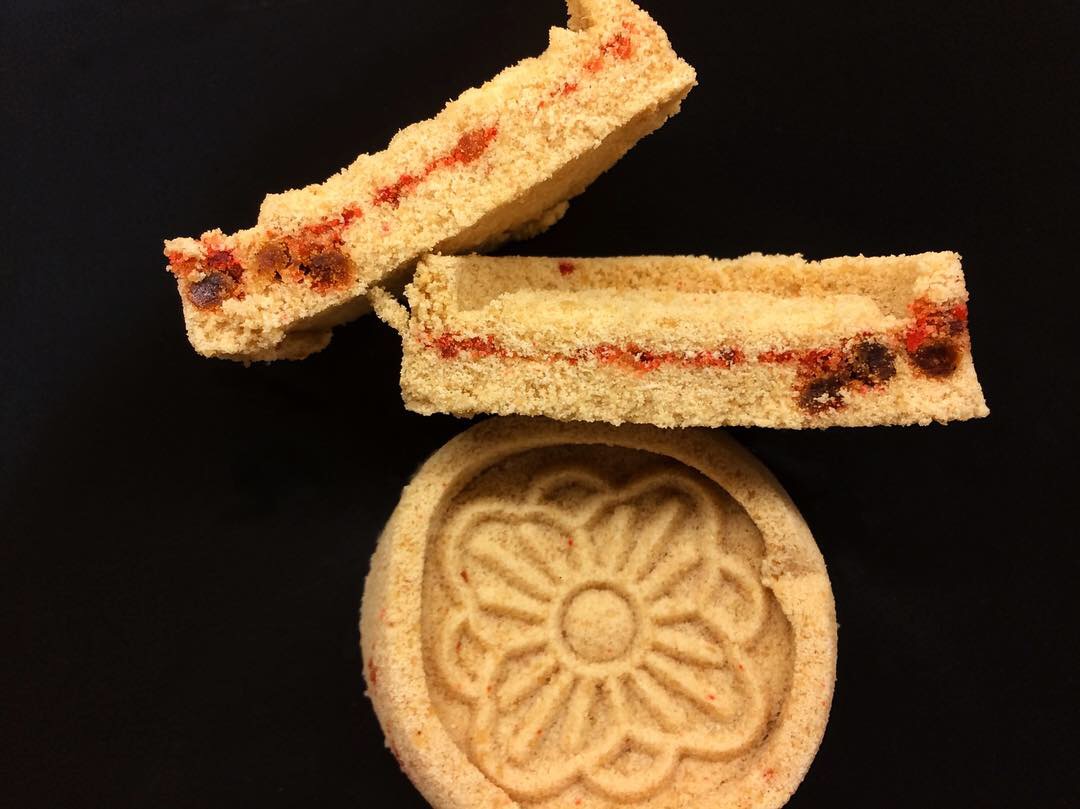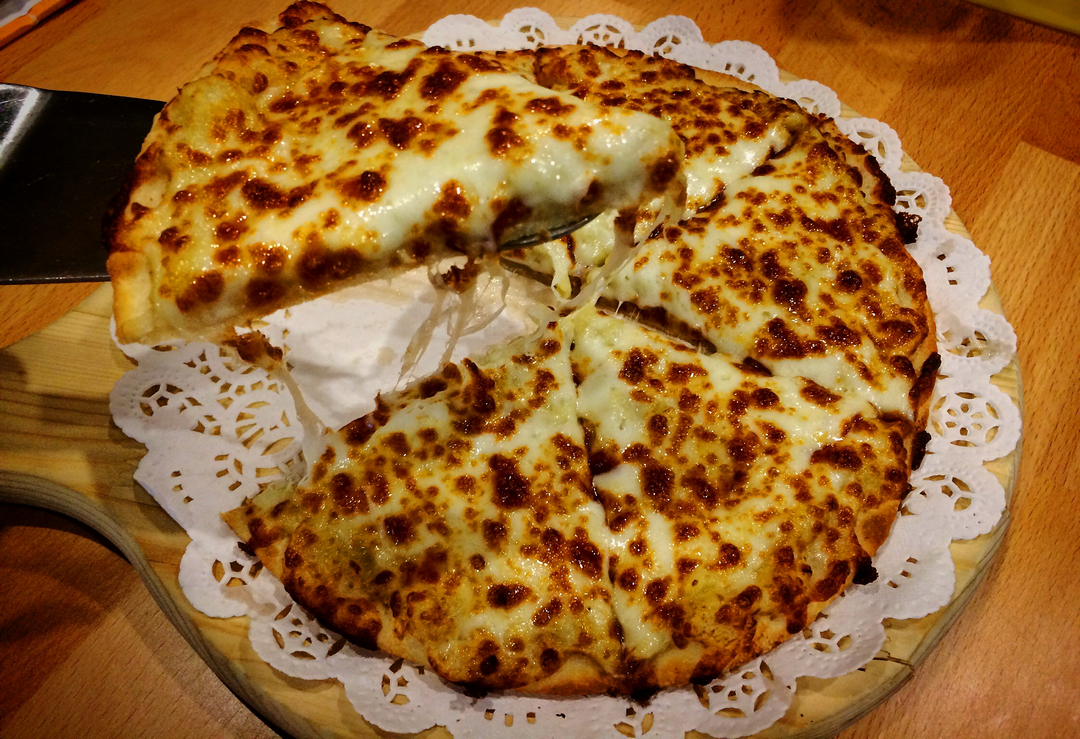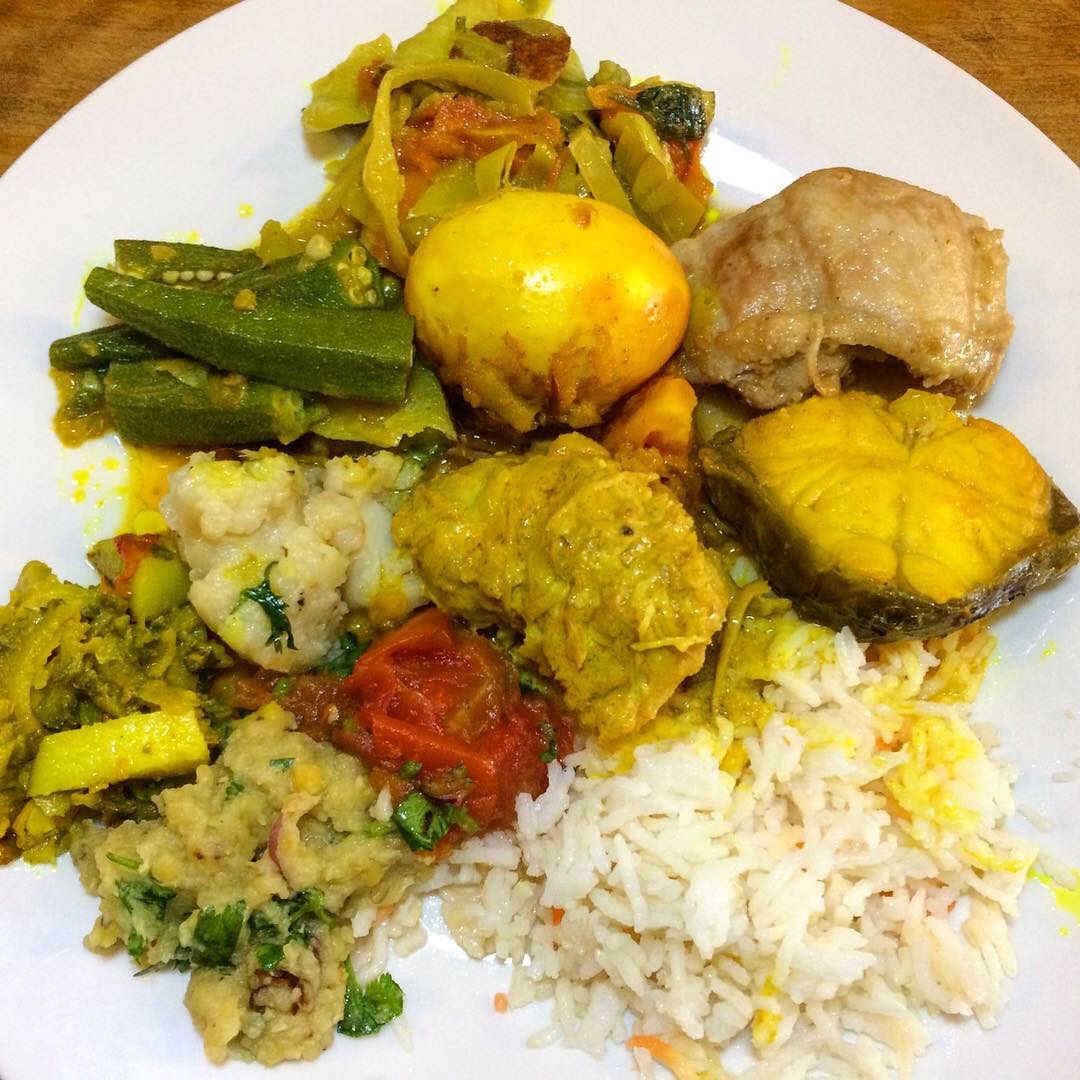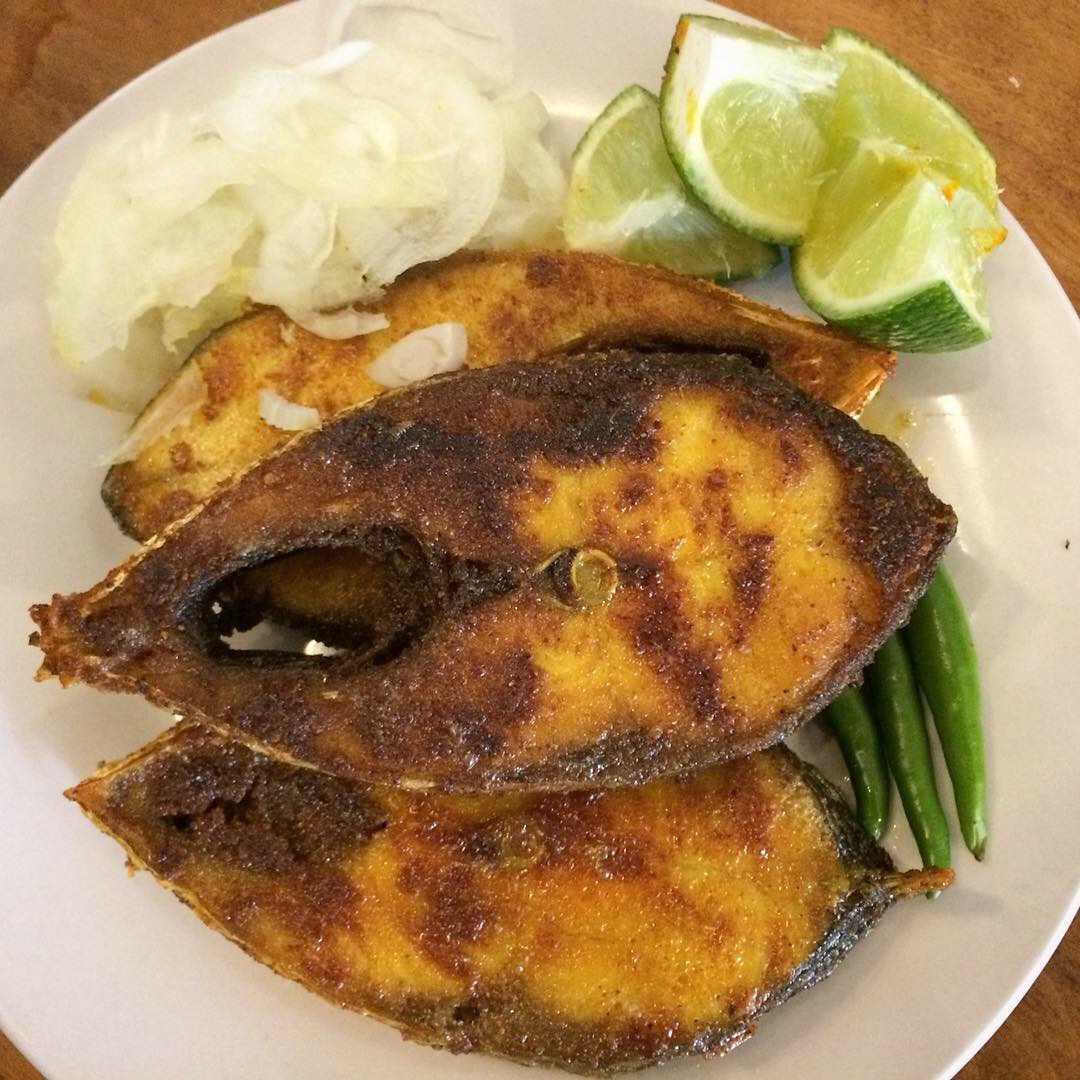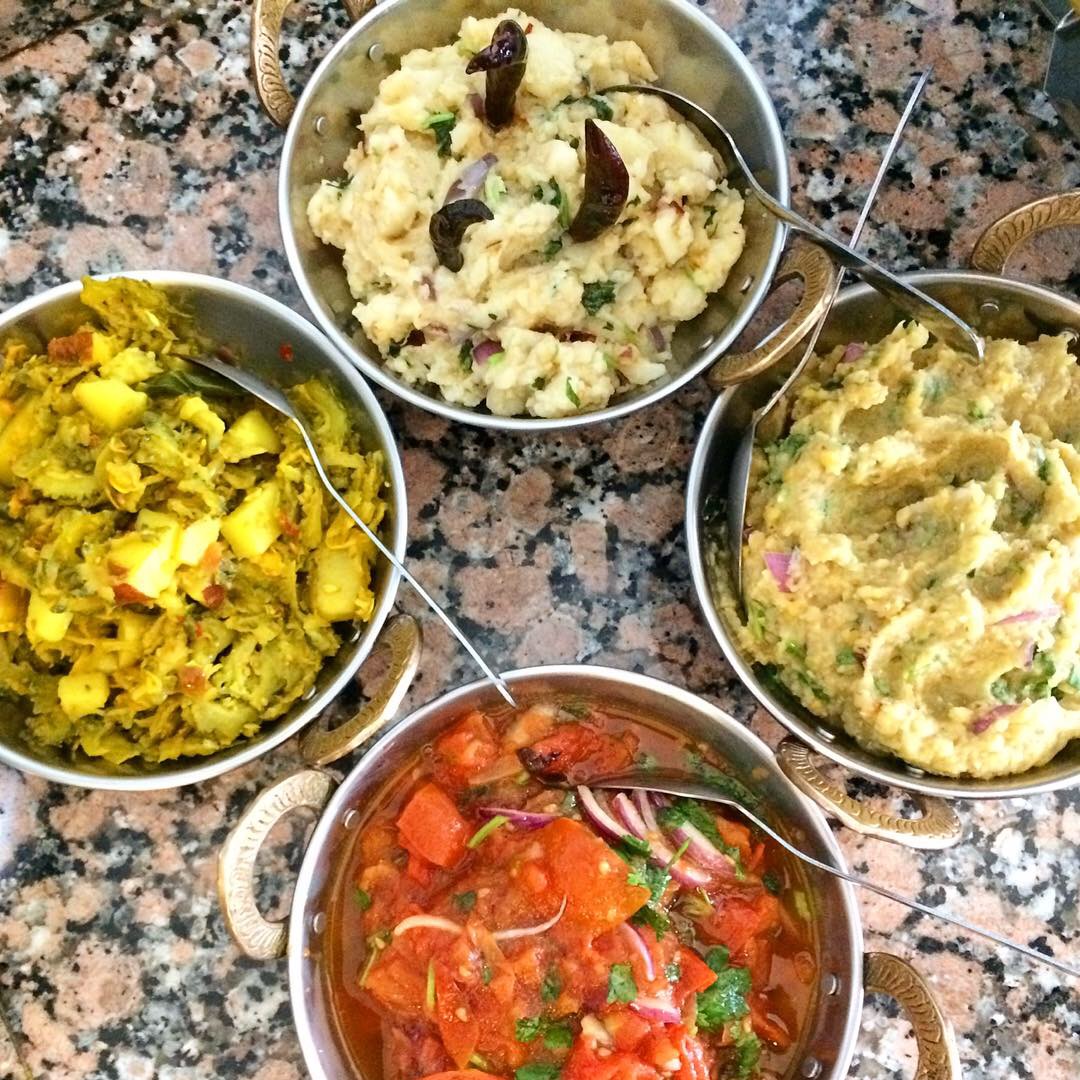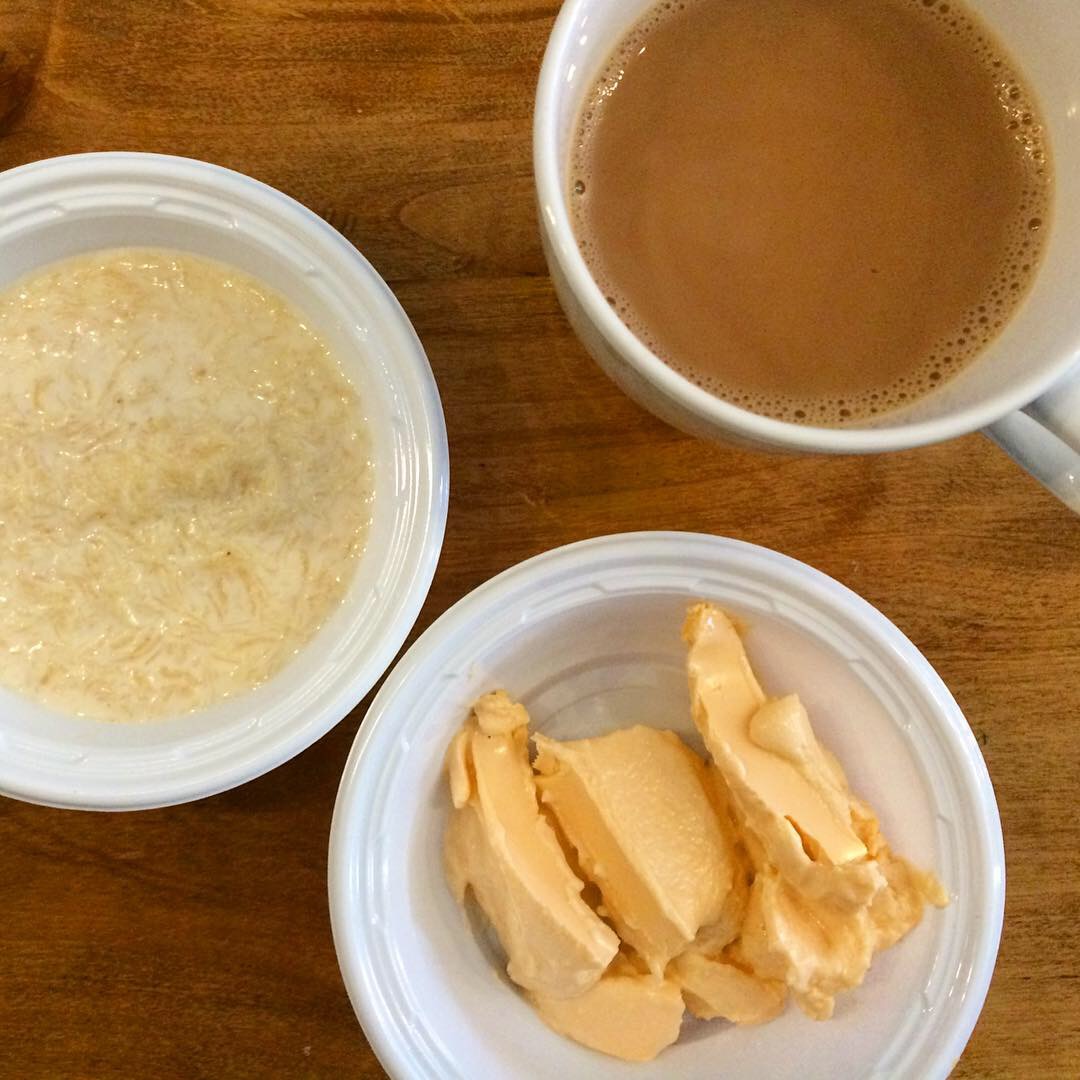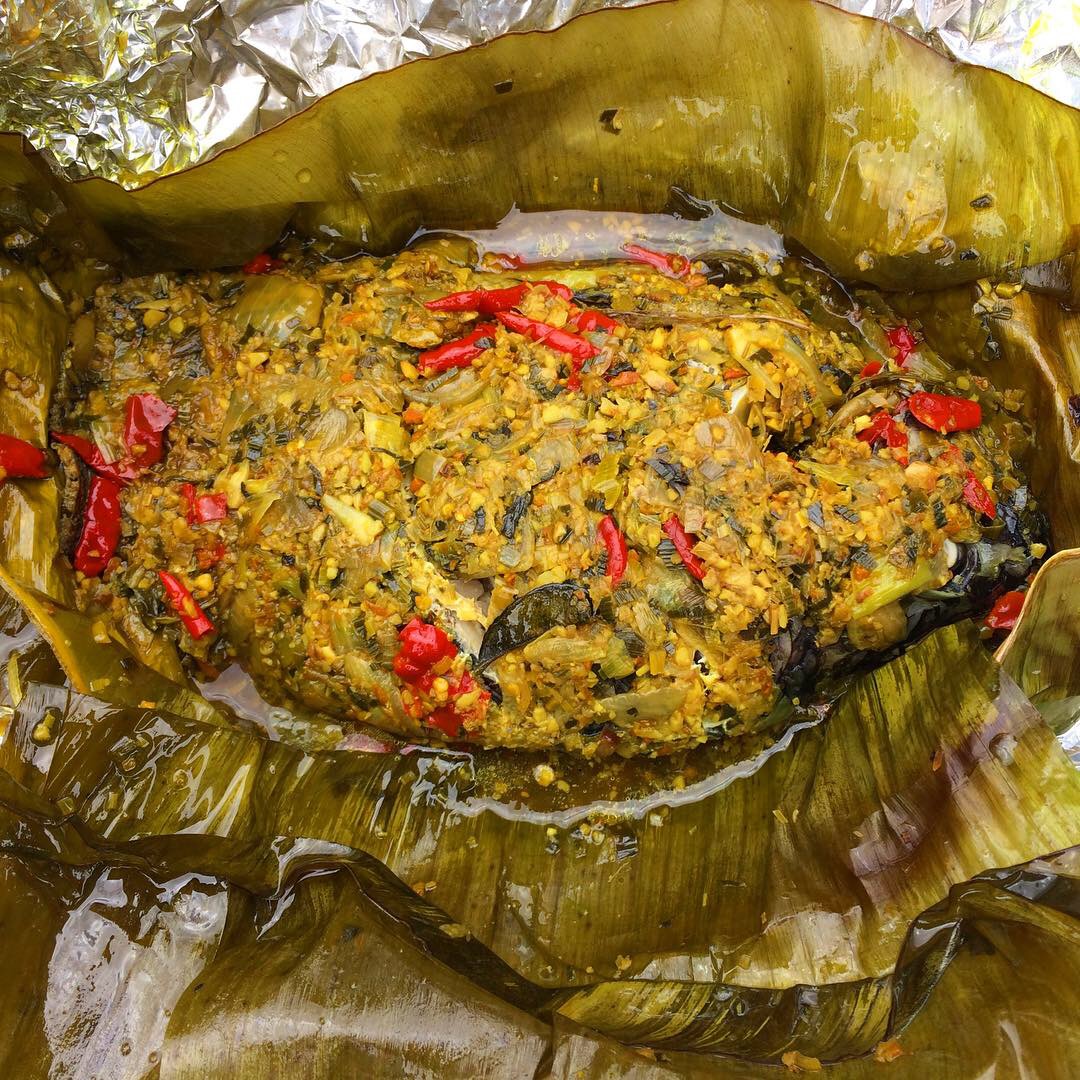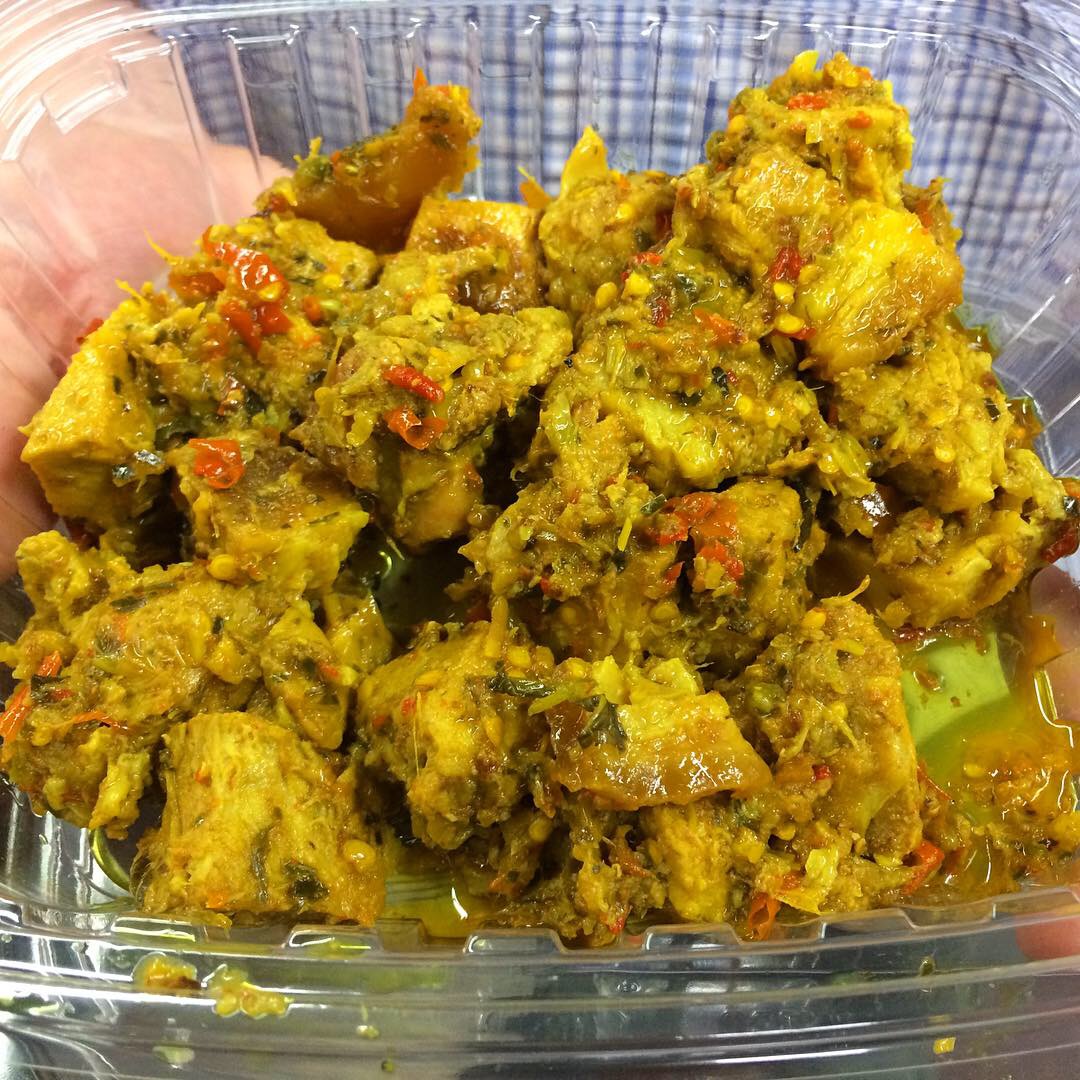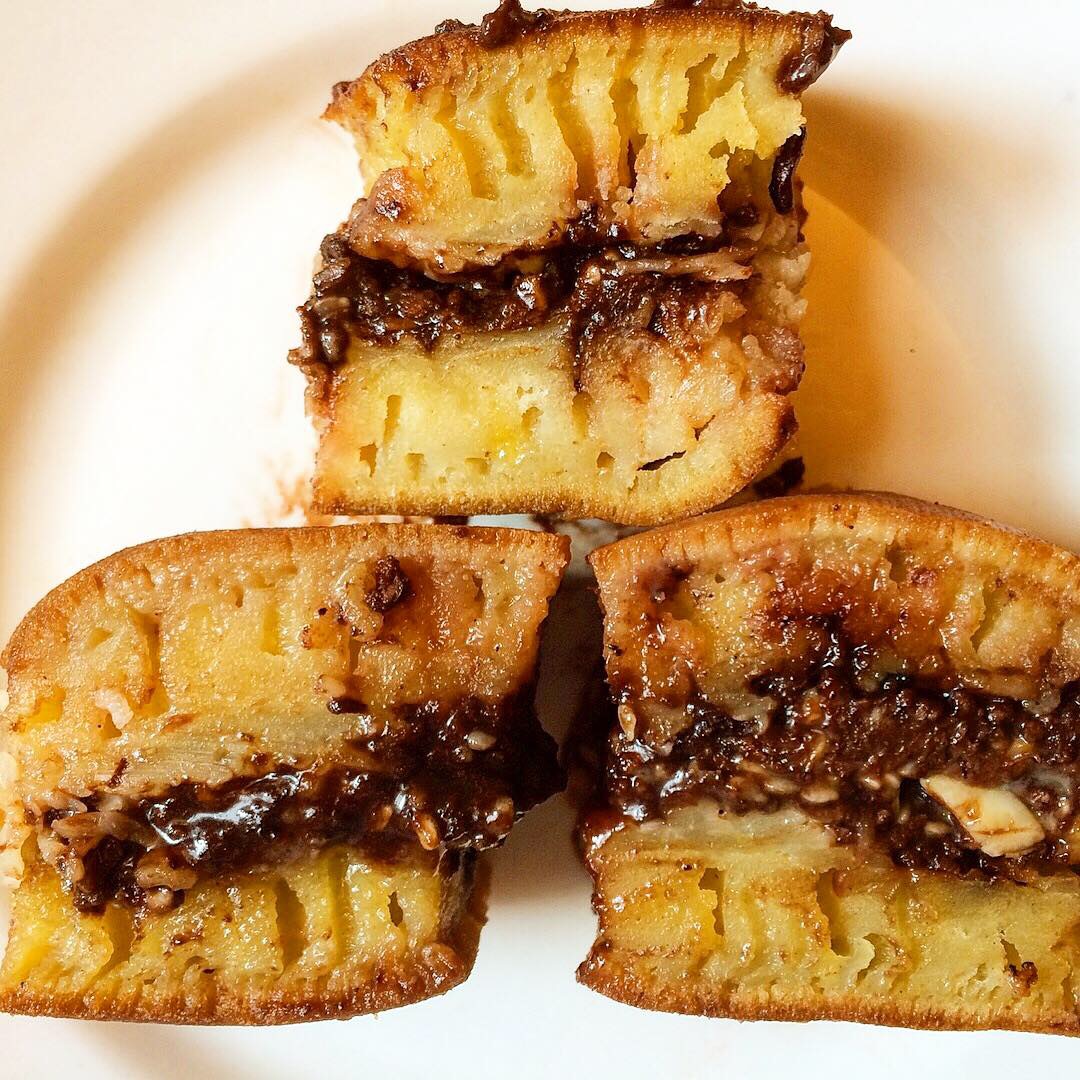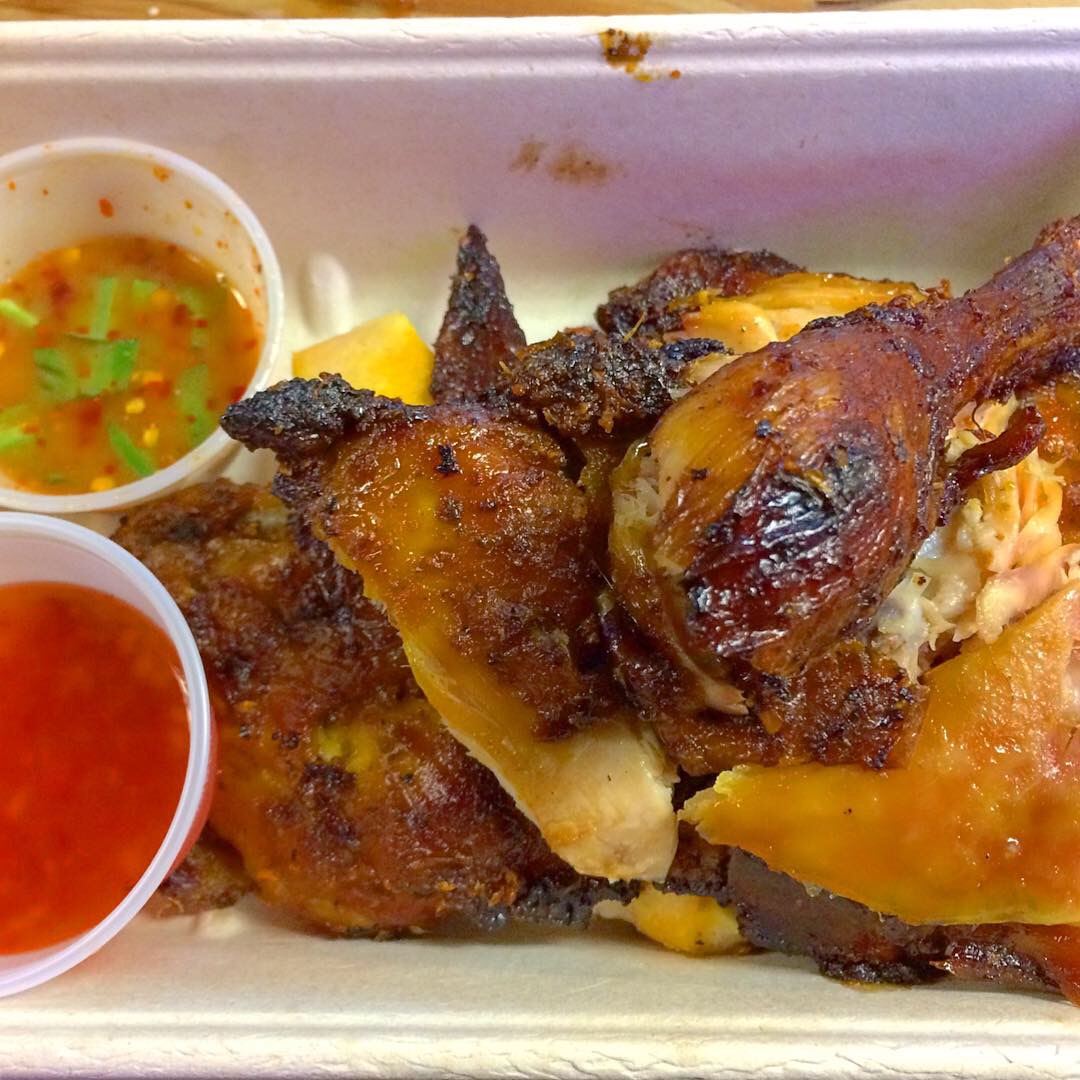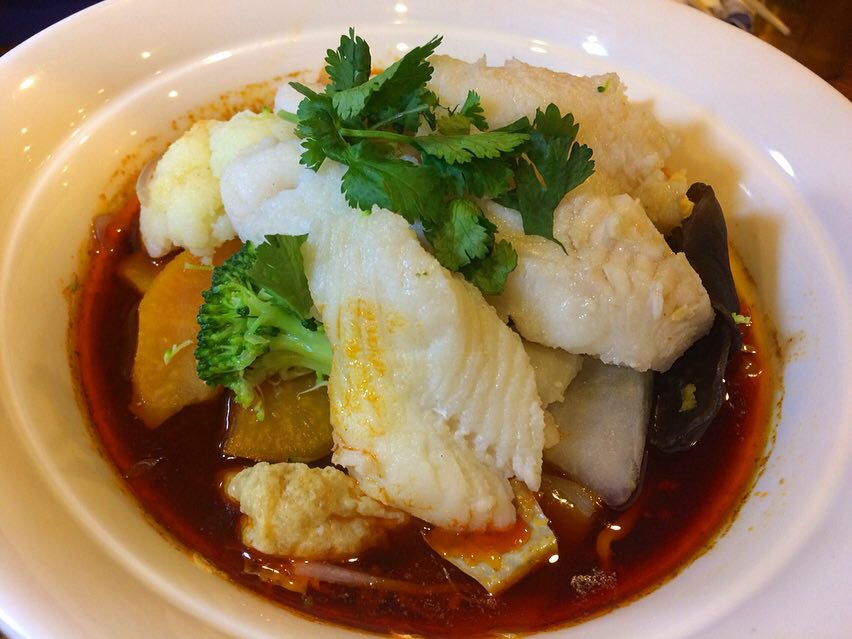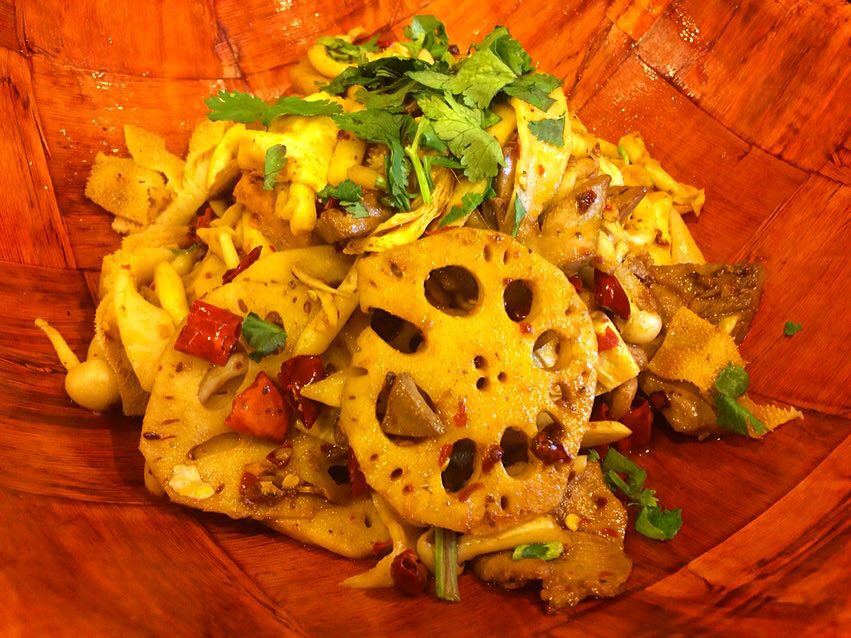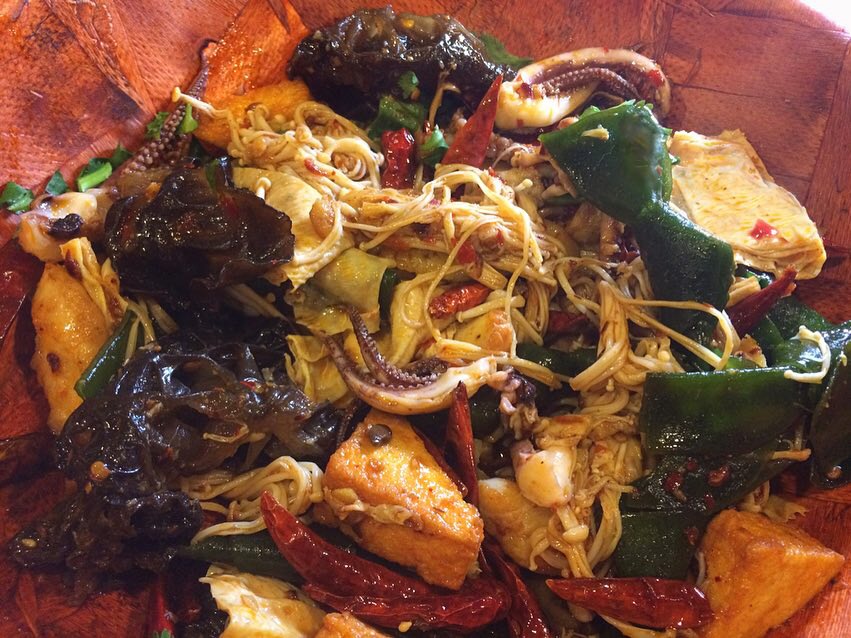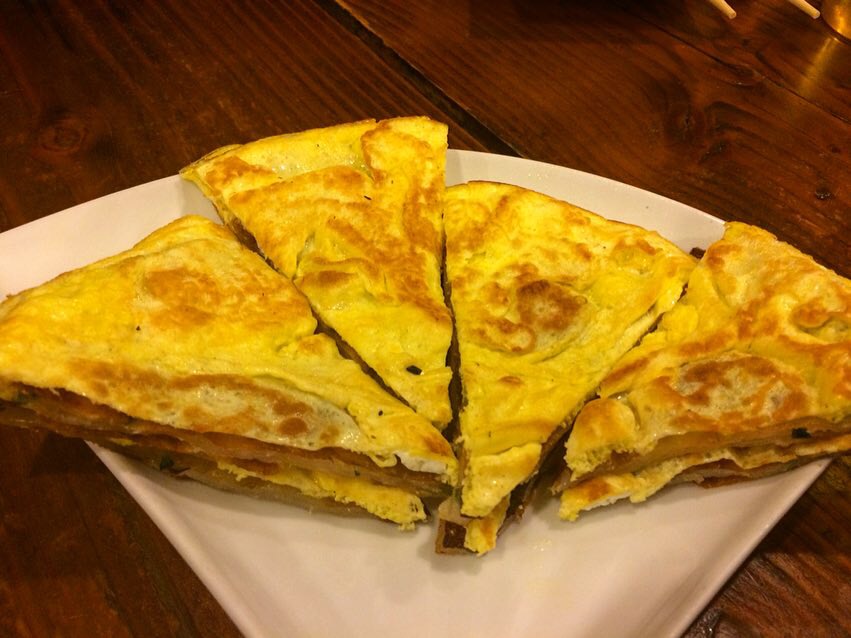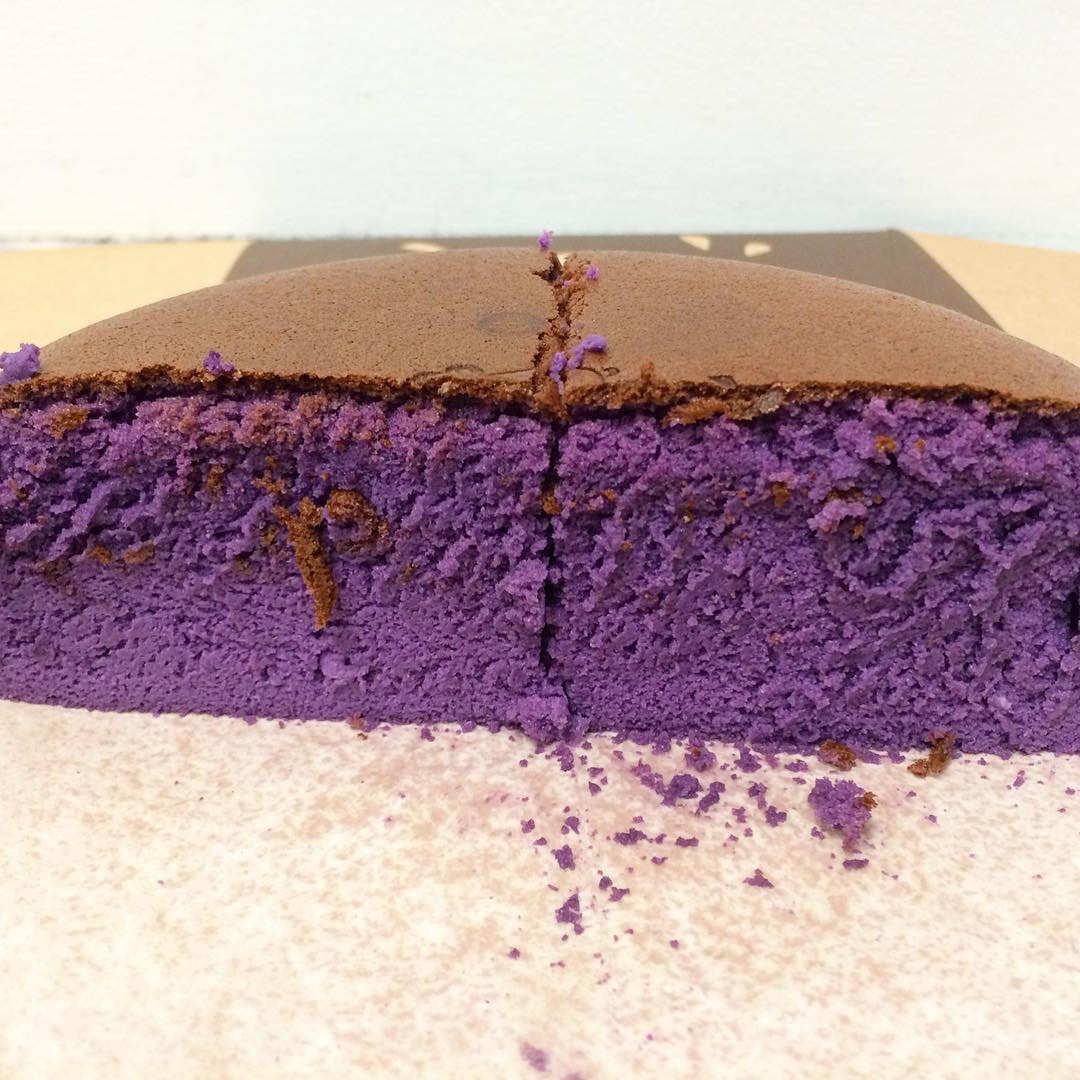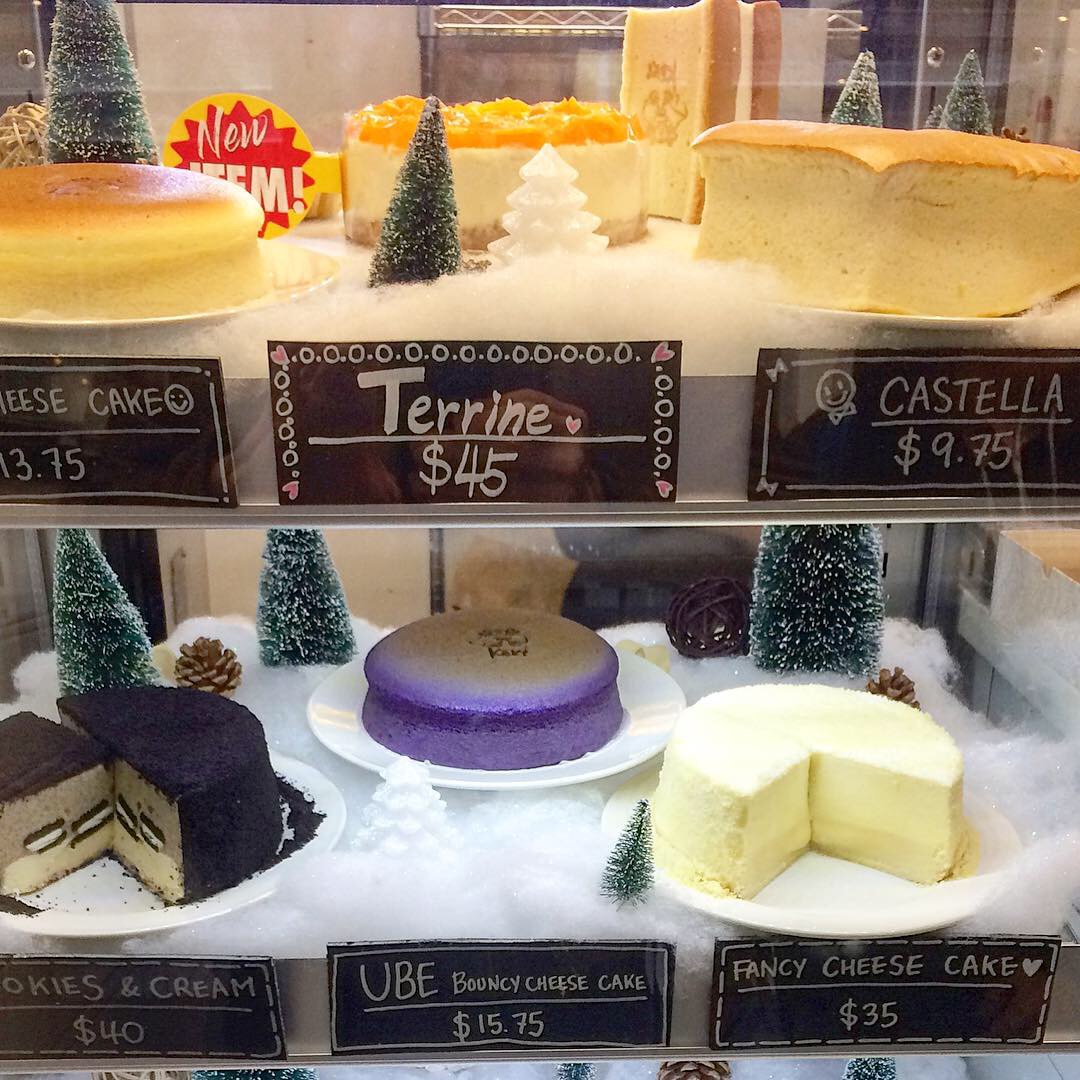Instagram Post 2/2/2019
(Click on any image to view it in high resolution.)

Since we’re on the topic of Asian cookies, you might want to give these Stick Biscuits a try if you see them in a Japanese or Chinese market. For the language nerds reading this, the Japanese katakana on the label, スティック ビスケット, written vertically in the two columns on the left reads “sutikku bisuketto” (drop the silent letter U’s and you’ll hear “stick biscuit”) and the larger kanji 牛乳 on the right means cow’s milk. They are indeed made with milk or perhaps it means they’re destined to be enjoyed with milk, but that’s as far as my language skills can carry me. They appear to be manufactured in Taiwan by Matsuya.
I’ve seen four kinds: brown sugar, cocoa, sesame, and milk. All are good, not too sweet (there’s that phrase again) and rather addictive as much for the taste as the crunchy texture which is about as hard as a cookie can be and still not effect an emergency visit to the dentist. The rigidity adds to the fun, however: my first thought was to plunge them into something harmonious – use the cocoa version to scoop up some peanut butter or dunk the milk variety in Nutella; any dip of similar consistency and yumminess would suffice. There’s a Greek brand of delicious sweet tahini, one type is flavored with chocolate, another with orange (it might be worthy of a post of its own) that was perfect with the sesame flavor. Sort of like Pocky on steroids.
And if your sugar high flies too far off the charts, they can be repurposed as playthings as well: think Lincoln Logs. Jenga anyone?


